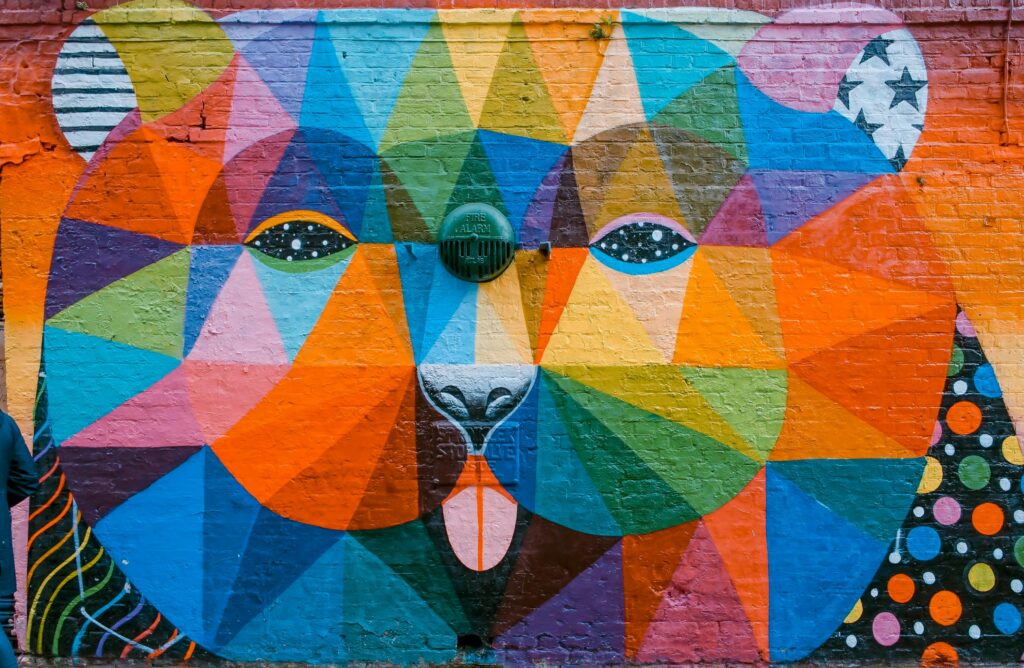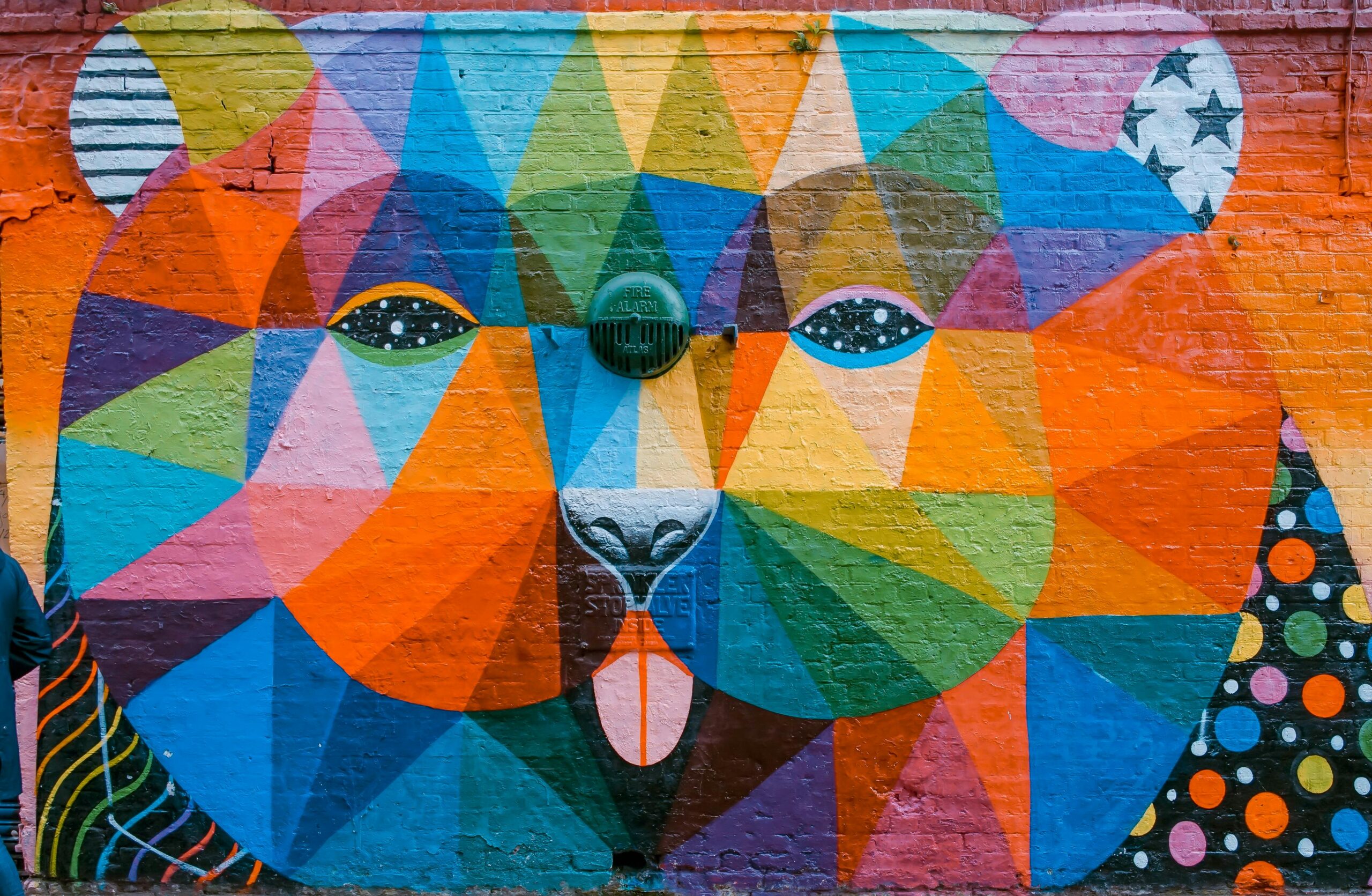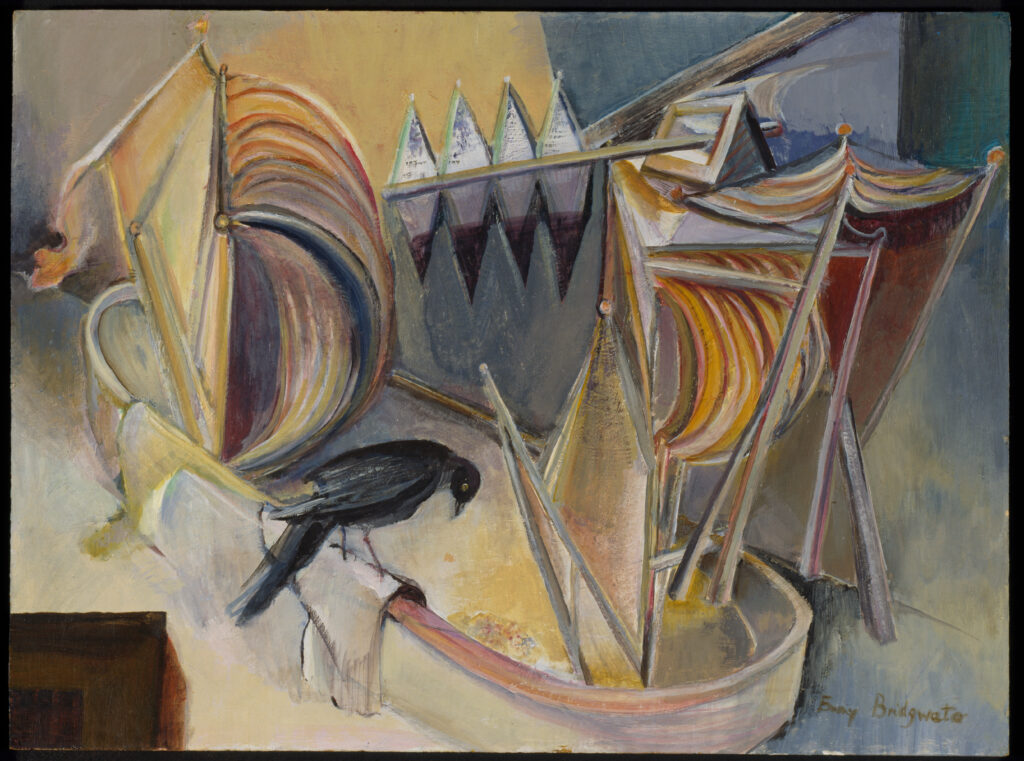
Urban aesthetics have long been an undercurrent in the art world, shaping everything from color palettes to composition techniques. What was once considered rebellious—graffiti, murals, and neon signage—has now found its place in mainstream galleries and exhibitions. This shift raises critical questions about artistic legitimacy, ownership, and commercialization. As artists bring elements of the streets into formal spaces, they redefine contemporary art in ways that challenge traditional norms.
The Evolution of Street Art into High Art
Street art, often associated with subversive and countercultural movements, has undergone a radical transformation. In the 1980s, artists like Jean-Michel Basquiat and Keith Haring blurred the lines between graffiti and fine art, creating pieces that moved from New York’s subway tunnels to prestigious galleries. Today, major institutions, including the Museum of Modern Art (MoMA) and the Tate Modern, feature exhibitions highlighting street art’s impact.
According to a report, the global art market was valued at approximately $67.8 billion in 2022, with contemporary art, including urban influences, making up a significant portion. As collectors seek authenticity and raw creativity, the market for street-art-inspired pieces continues to grow.
Custom Neon Signs and the Glow of Urban Aesthetics
One of the most striking urban influences in contemporary art is the use of neon signage. Once primarily used for advertising in cities like Las Vegas and Tokyo, neon has become a medium for self-expression. Artists like Tracey Emin and Bruce Nauman have incorporated custom neon signs into their work, creating thought-provoking installations that merge words, symbols, and vibrant colors.
Galleries and private collectors now commission neon pieces, recognizing their nostalgic yet modern appeal. For instance, the Museum of Neon Art in Los Angeles showcases vintage and contemporary neon works, proving that this once-commercial medium has evolved into a legitimate artistic tool.
Photography as a Bridge Between Street and Studio
Photography plays a crucial role in documenting urban art, preserving murals, graffiti, and installations before they disappear due to weathering or city policies. Renowned photographers like Martha Cooper and Henry Chalfant captured the rise of graffiti culture in the 1970s and 1980s, creating visual archives that continue to influence new generations of artists.
Urban art photographers use different techniques to highlight street aesthetics, including:
- Close-ups of textures, paint drips, and brushstrokes to emphasize rawness
- Wide shots capturing entire murals in their cityscape context
- Time-lapse photography to document the creation and eventual decay of artworks
- Drone photography to showcase large-scale pieces from above
Their work is often compiled into photo books, serving as historical records and artistic statements. These books not only preserve ephemeral art but also provide a tangible way for collectors and enthusiasts to engage with street aesthetics.
The Commercialization of Street Aesthetics
With urban-inspired art now commanding high prices at auction houses like Sotheby’s and Christie’s, questions about authenticity and commercialization arise. Banksy, one of the most well-known street artists, has had his murals removed from public spaces and sold for millions. His work “Love is in the Bin” famously shredded itself after being auctioned for $1.4 million in 2018.
This commercialization creates a paradox: street art, which began as an act of defiance, is now a sought-after commodity. While some artists embrace the transition to galleries, others argue that removing urban art from its original context diminishes its impact.
Conclusion
The influence of urban aesthetics on contemporary art is undeniable. From graffiti murals to custom neon signs, street art continues to reshape creative landscapes, challenging traditional notions of what belongs in galleries. Photographers document and preserve these fleeting works, compiling them into photo books that serve as both artistic collections and historical records.
As urban influences gain recognition in high art circles, the debate over commercialization versus authenticity will persist. However, one thing remains clear: the streets will always be a source of innovation, rebellion, and inspiration in the art world.


